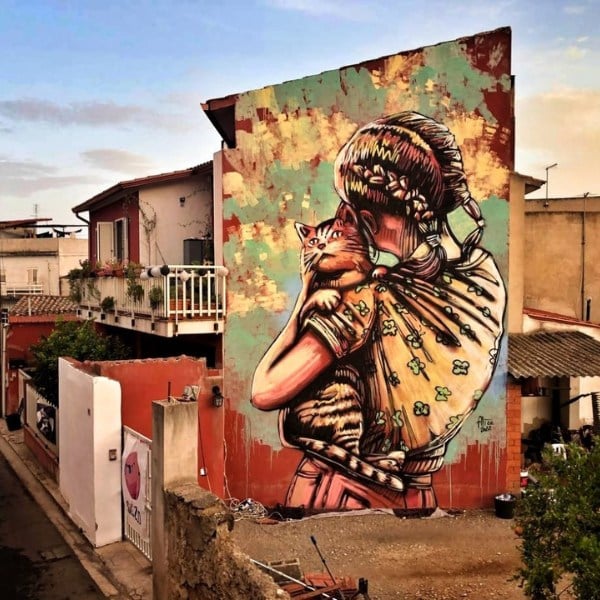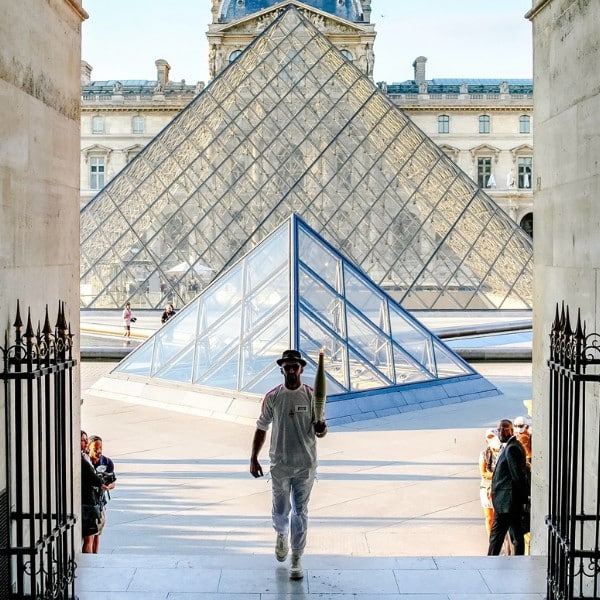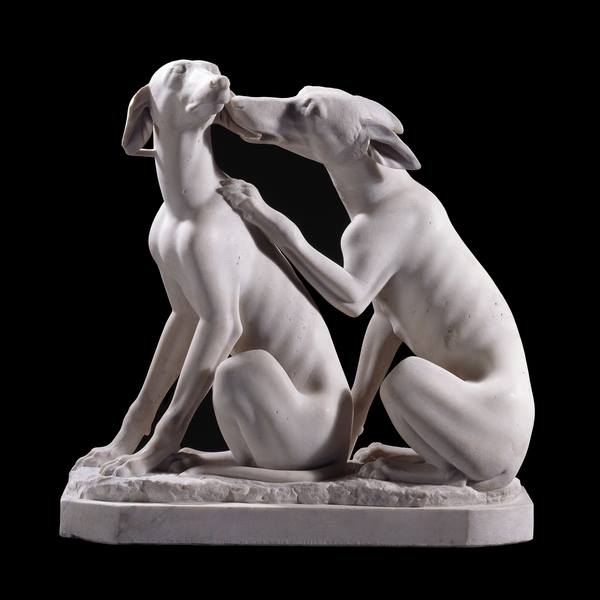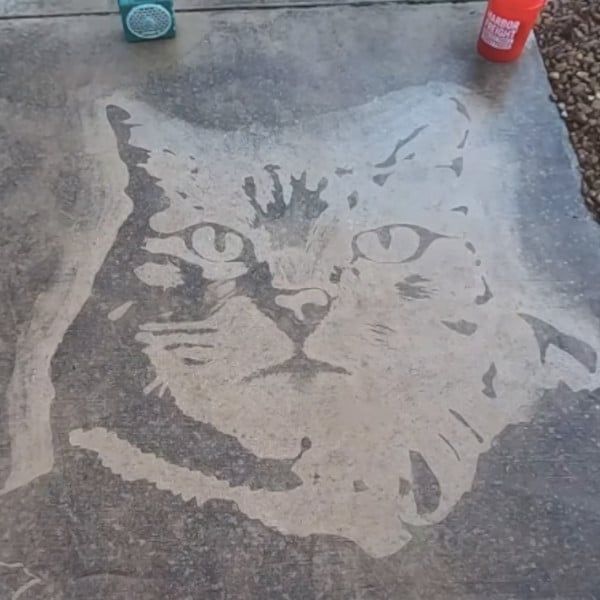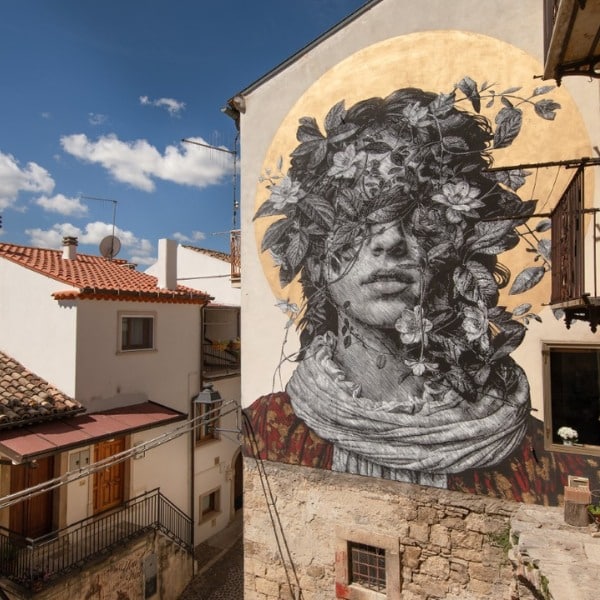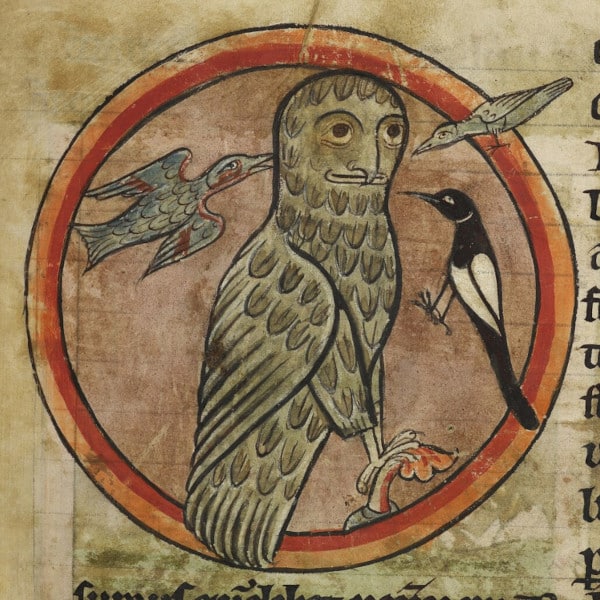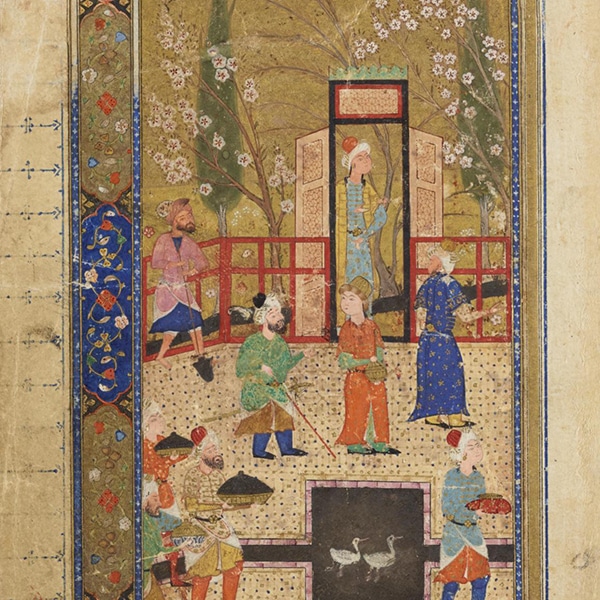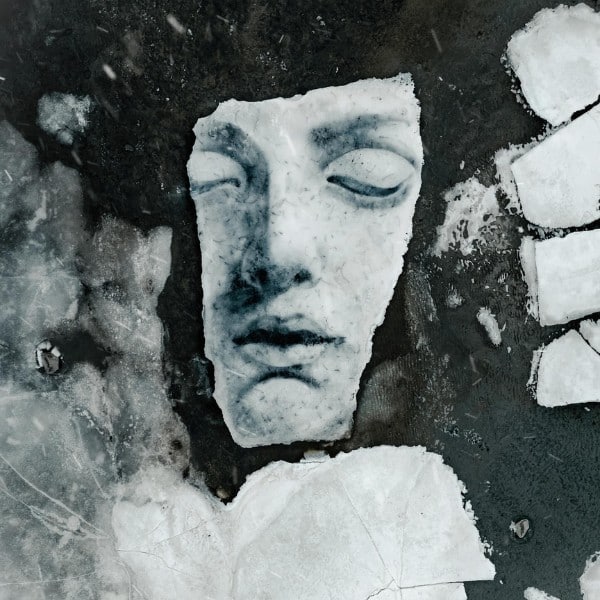View this post on Instagram
In the 1980s, Keith Haring shot to international fame. Using his trademark line drawings, Haring became instantly recognizable for his pop style art. This would catapult him from the underground art scene in New York City to a career that would see him mingling with the likes of Andy Warhol, Grace Jones, Yoko Ono, and Madonna. Unfortunately, the prolific artist's life was cut short in 1990, when he succumbed to AIDS-related complications. Nonetheless, his legacy has continued to thrive.
Today, Haring is recognized not only for his artistic strengths but also his ability to use his art to raise awareness for causes near and dear to his heart. He is often grouped together with other graffiti and street artists from this era in New York, including Jean-Michel Basquiat. In fact, their artwork is often exhibited together as a way to demonstrate how their lives in New York intersected at this time.
While Haring's bold lines and signature iconography are legendary, how much do you know about the life and career of the artist himself? As one of the pioneers of 20th-century contemporary art, he helped pave the way for outsiders to enter into mainstream success. In fact, many of the urban artists we know and love today, from Banksy to Shepherd Fairey, draw lessons from Haring's career.
Discover 7 facts about the life and legacy of urban pop master Keith Haring.
View this post on Instagram
He traveled an unconventional path to the art world.
Though Haring had been fascinated by art since a child, his way into the art world was definitely nontraditional. He spent two semesters studying commercial art at the Ivy School of Professional Art, but dropped out when he realized that graphic art wasn’t for him.
Later, he took a job as a maintenance worker at the Pittsburgh Arts and Crafts Center, where he was able to listen to lectures by influential artists such as Christo, who got him started in thinking about public art. He would eventually go on to have his first solo exhibition at the center.
Haring continued studying art on his own and eventually enrolled in New York City’s School of Visual Arts. It was here that he would begin to develop deep bonds within the alternative art scene and cultivate friendships with graffiti writers like Futura 2000, Kenny Scharf, and Jean-Michel Basquiat.
He got his start painting illegally in the subway.
Keith Haring came of age in an exciting time in New York City, when the underground graffiti and street art scene was burgeoning. Artists began organizing their own events outside of the traditional gallery system. Inspired by this, Haring began using the New York subway as his “laboratory.”
Though his pop art drawings were quite different from traditional graffiti, much of the spirit was the same. Between 1980 and 1985 he created hundreds of his “Subway Drawings” by using white chalk to draw on unused advertising panels.
Creating these drawings almost became a performance, as commuters often gathered to watch Haring at work. Highly ephemeral in nature, as they would either get ripped down or covered by ads, most of the photos we have of these drawings come from photographer Tseng Kwong Chi. Haring would call him after finishing his drawings and give him the locations.
Of course, working in the subway wasn’t without risk. Haring was often ticketed by police for this act of vandalism and was, in fact, arrested several times. He was often let off easy, however, since the drawings were chalk and caused little damage.
“The subway pictures became a media thing, and the images started going out into the rest of the world via magazines and television,” shared Haring. “I became associated with New York and the hip-hop scene, which was all about graffiti and rap music and break dancing. It had existed for five years or more, but it hadn’t really started to cross over into the general population. It was incredibly interesting to me that it was reaching all kinds of people in different levels from different backgrounds.”
View this post on Instagram
He enjoyed mainstream success.
In 1982, Haring’s star began to rise and he was an early crossover success into the mainstream art world. He was featured at two important international contemporary art events—Documenta in Germany and the São Paulo Biennale in Brazil. He also got his first exhibition at the Tony Shafrazi Gallery, which was known for working with both established and upcoming talent.
1982 marked the start of world travel for Haring, something that would last throughout this career. Over the next seven years, he would create more than 50 pieces of public art in different countries around the world. Australia, Brazil, Italy, and the Netherlands all hosted his work. He was even asked to paint a mural on the Berlin Wall. In addition to public art, Haring used his iconic style to create set designs, stage decorations, and album covers—often for charitable causes.
View this post on Instagram
The artist used his work to raise awareness for social causes.
From the outset, Haring used his art to discuss topics of social and political importance. In particular, his work often deals with themes of homosexuality and AIDS. AIDS advocacy was of particular importance to the artist, as he himself was diagnosed in 1988. He used his iconography to not only discuss his illness but as a way to spread awareness at a time when little was known about the disease. Other topics that Haring explored included apartheid and the growing crack epidemic in New York. In fact, his infamous Crack is Whack mural on New York’s FDR Drive tackles this topic.
Haring often lent his art to charitable causes and painted murals at numerous hospitals and orphanages. In 1989, he established the Keith Haring Foundation as a way to give funding to AIDS organizations and children’s programs.
View this post on Instagram
Haring opened a store to sell his own memorabilia.
Though today many artists, from Takashi Murakami to Shepherd Fairey, commercialize their work, that wasn’t the case in 1986 when Haring opened his Pop Shop. Located in SoHo, it sold all types of memorabilia with Haring’s designs. While pop art icon Andy Warhol was a big supporter of the project, Haring faced intense backlash from others in the art community who felt he was selling out.
“Other artists had been accusing me of selling out since my paintings started selling,” he told Rolling Stone in 1989. “I mean, I don’t know what they intended me to do: Just stay in the subway the rest of my life? Somehow that would have made me stay pure? By 1984 the subway thing started to backfire, because everyone was stealing the pieces. I’d go down and draw in the subway, and two hours later every piece would be gone. They were turning up for sale.”
For Haring, the Pop Shop was an equalizer and a way to make his work accessible to everyone. This was perfectly in line with his desire to not get swallowed up by the contemporary art world. And, in fact, Haring was simply following in a long line of artists—from Alphonse Mucha to Salvador Dalí, who worked on both commercial and fine art projects.
Haring’s New York Pop Shop eventually shuttered its doors in 2005 (a second Pop Shop in Tokyo closed in 1988). Today, the Keith Haring Foundation keeps the artist’s ideology alive by selling merchandise through an online Pop Shop.
View this post on Instagram
He was close friends with Madonna and Andy Warhol.
Haring would befriend many important artists in his career. He came up both with Jean-Michel Basquiat and Madonna in the underground scene and remained close to them throughout his life. After Haring’s death in 1990, Madonna donated all proceeds from the opening night concert of the Blonde Ambition tour to AIDS charities in his honor.
Another key figure in Haring’s life was Andy Warhol. After meeting through photographer Christopher Makos, Warhol and Haring became close. In fact, they often traded art and Warhol was the subject of many of Haring’s paintings.
“Everyone looked up to him,” Haring said of Warhol. “He was the only figure that represented any real forerunner of the attitude about making art in a more public way and dealing with art as part of the real world. Even when we became friends, I was always still sort of in awe of him. But everyone who knew Andy talks about him as if he was the sweetest, most generous, simple, kind person.”
View this post on Instagram
His legacy lives on.
Though Haring’s career was brief, having died from AIDS complications in 1990 at age 31, his legacy has endured. He has become an icon of the LGBTQ community and was commemorated in the AIDS memorial quilt.
Artistically, his career path gave hope to other urban artists in showing that mainstream success was possible. His style has become iconic and is often used by large brands like Lacoste, Adidas, and UNIQLO.
Above all else, Haring showed that it was possible to balance artistry, political activism, and charity without sacrificing success. Artist Samantha McEwen, who was a close friend of the artist, shares: “He put together this thinking about how to communicate, how to put on to paper what he was thinking. He had so many ideas that he found a way to communicate. I think most artists find a way to communicate maybe one or two main ideas, but Keith was communicating everything he thought about: money, politics, religion, sex, life, children. He found this way to draw what he was thinking.”
Today Haring’s work continues to be the subject of exhibitions around the world. The Whitney Museum, MoMA, and Stedelijk Museum are just some of the collections to hold his work.
Related Articles:
6 Crowning Facts About Cultural Icon and Celebrated Artist Jean-Michel Basquiat
Monumental Keith Haring Mural Uncovered in Amsterdam After Being Hidden for 30 Years
Fun Colorful Socks Celebrate the Iconic Graffiti Art of Keith Haring
10 Key Moments in Street Art History That Made Graffiti a Beloved International Art Form
Top 12 Street Photographers Who Captured the Grit of New York in the 70s and 80s











































































